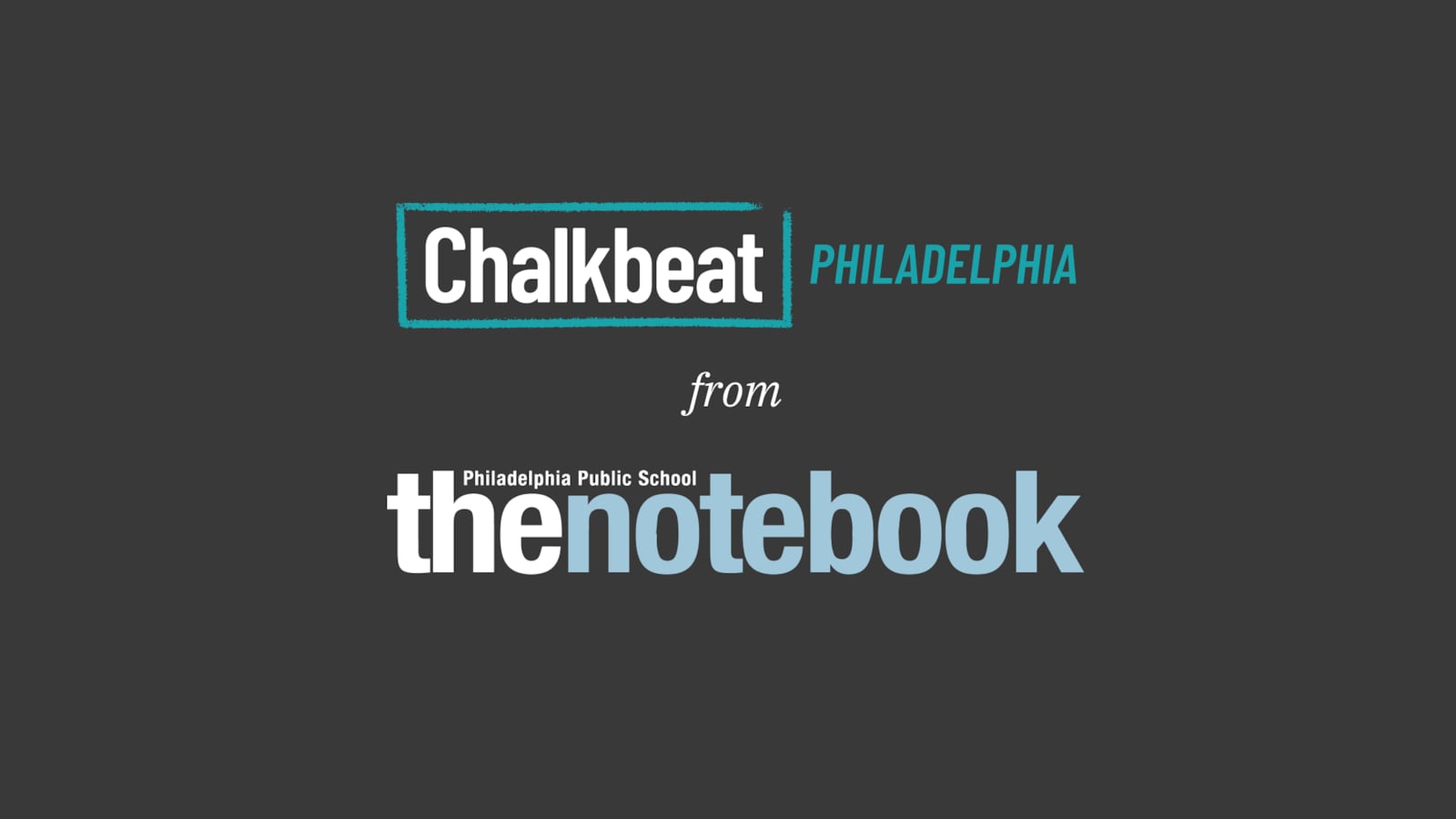This article was originally published in The Notebook. In August 2020, The Notebook became Chalkbeat Philadelphia.
I have been thinking a lot about Race to the Top lately, as I’m sure many of us have. I’ve been thinking so much about the complexities and implications of the program that I almost don’t know where to start.
I could start by discussing Arne Duncan’s recent interview on NPR, in which he praised the “amazing results” of the program; or by reviewing the formal criticism recently put forth by leading civil rights organizations, including the NAACP; or compare my own ideas to those of Diane Ravitch, posited in a recent article. For me, though, perhaps the most troubling aspect of the entire policy is a very fundamental one: language.
You see, I am an English teacher, and I believe very powerfully that words matter. A lot of my day is spent working with students to make sense of language through analysis, discussion, and writing. Just like I challenge my students to do with texts, I have attempted to consider the context in which this particular text was written and identify the author’s purpose. In doing so, the political dimensions of this policy certainly cannot be ignored, but even on a gut level, Race to the Top as an education reform just doesn’t sound right, does it?
Although Duncan resists referring to the initiative as a contest among states, the fact of the matter is that our administration has attached meaning to the program by calling it a race. Personally, when I hear the word race, I picture a track meet: a single bullet designating the start, elbows pushing against competitors to get ahead, and one solitary winner leaving the other losers in their dust. How does this demonstrate the kind of “courage” and “commitment” Duncan asks of educators? Why does education reform have to become a race at all, one with only one winner and many, many losers?
Race to the Top is problematic for many reasons, but chief among them is that it distances and dehumanizes the most important stakeholders in education reform: students. It seems to me that school district administrators, governors, and grant writers are the ones who will be doing the racing, while children will face the consequences of their victory or loss.
And students have already lost so much.
They’ve lost learning time and meaningful classroom experiences because their teachers and principals are wrapped up in the pressure of winning this race. They’ve lost opportunities to better themselves and achieve the kind of educational access that is guaranteed to all human beings. And some of them have, over the course of the race, lost hope altogether and have dropped out (or been pushed out) of school, dramatically hindering their chances of winning any type of race at all.
In an effort to improve America’s schools, the Race to the Top policy has created a false dichotomy of “success” and “failure” as well as a set-up for under-resourced school districts. Although I cannot ignore the fact that I – as an educator working within a system – am now implicated by this policy, I hope that I have demonstrated to my students that I can practice what I preach and try to use language constructively to make my voice heard.

